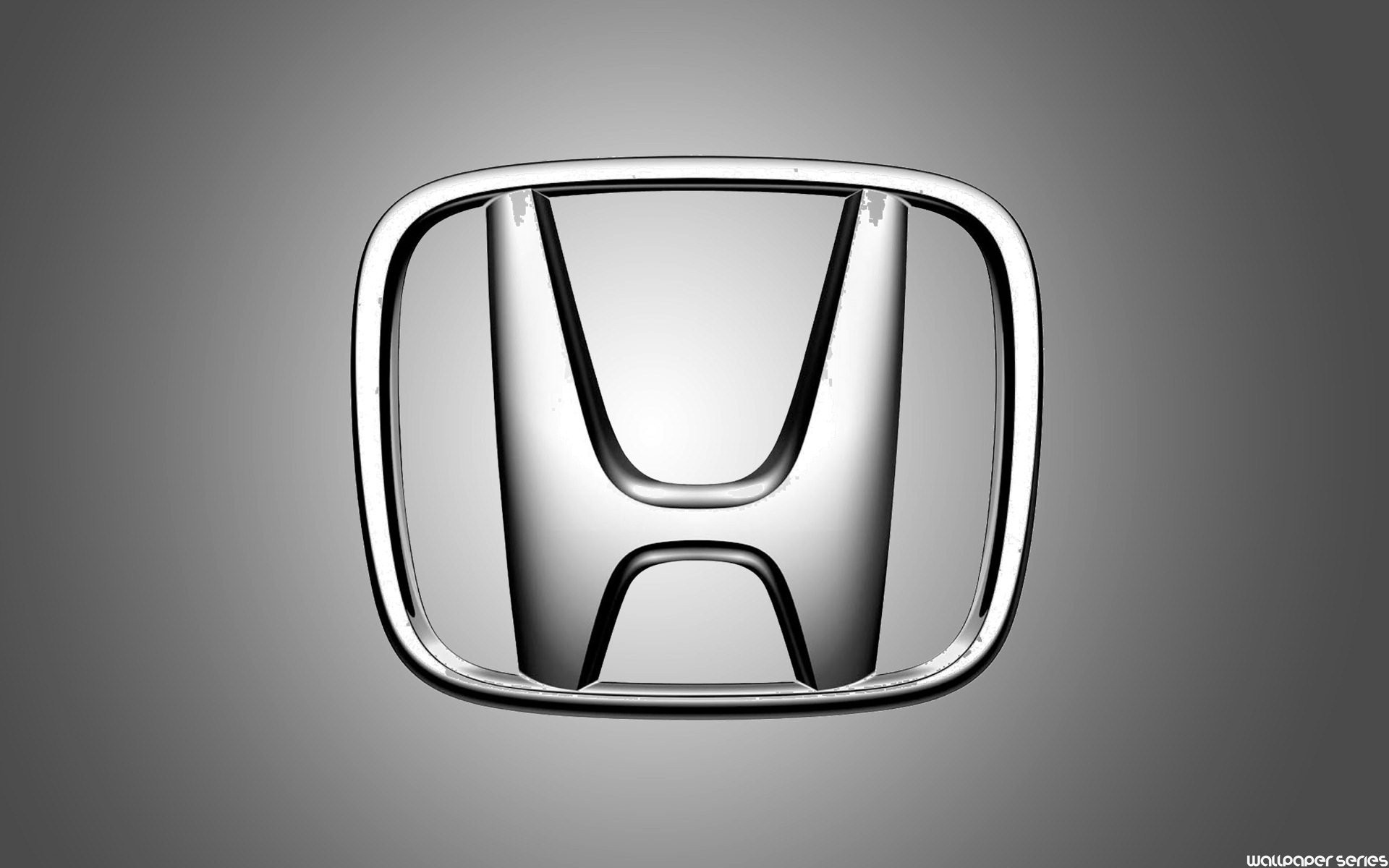- Login or Register
No account yet? Sign up


I pointed that out as well. The similarity is uncanny.
Thanks!johnny comelately wrote: ↑31 Oct 2022, 23:50Stopped with Audi withdrawal sadly.
But what Baretzky pioneered is what the current F1 engine philosophy has evolved from. IMHO.

Yes, it could be a convergence. I wasn't sure if the rules regarding bodywork were just pushing the teams that way - I haven't studied the rules for the series so haven't an answer to that.

That's because LMDh Chassis are only built by 4 manufacturers, and an engine and gearbox is supplied as well. That's the main difference between LMH and LMDh. LMH allows the manufacturers to build the entire car to whatever regs they have set.Honda Porsche fan wrote: ↑03 Nov 2022, 10:51Many of the manufacturers that compete in FIA Le Mans Hypercar and Daytona LMDh do not build their own chassis/aero. The chassis are built by Oreca, Dallara and Multimatic...
Acura/Honda ARX-06 LMDh chassis is built by Oreca...
https://en.wikipedia.org/wiki/Acura_ARX-06
BMW M Hybrid V8 is built by Dallara...
https://en.wikipedia.org/wiki/BMW_M_Hybrid_V8
Cadillac V-LMDh chassis is built by Dallara.
https://en.wikipedia.org/wiki/Cadillac_V-LMDh
Porsche 963 Lmdh is built by Multimatic...
https://en.wikipedia.org/wiki/Porsche_963
I miss the old FIA GT Championship from 1996 to 1999...
McLaren F1 GTR Long Tail
Mercedes CLK GTR
Porsche 911 GT1
Bring it back!
It's a convergence 40 years in the making, ever since Group C started. Not much to go around with when you want to achieve low-drag high-efficiency design with closed cockpit and wheels. Now that FIA made LMH and LMDh rules around fixed L, D and L/D values, there are a lot of things teams can do with these cars (within wheelbase allowance) but optimal design concept doesn't leave a lot of room for it. The devil is in the details. And how the FIA measures those L, D values